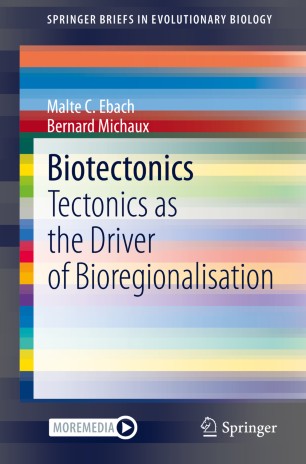

Most ebook files are in PDF format, so you can easily read them using various software such as Foxit Reader or directly on the Google Chrome browser.
Some ebook files are released by publishers in other formats such as .awz, .mobi, .epub, .fb2, etc. You may need to install specific software to read these formats on mobile/PC, such as Calibre.
Please read the tutorial at this link: https://ebookbell.com/faq
We offer FREE conversion to the popular formats you request; however, this may take some time. Therefore, right after payment, please email us, and we will try to provide the service as quickly as possible.
For some exceptional file formats or broken links (if any), please refrain from opening any disputes. Instead, email us first, and we will try to assist within a maximum of 6 hours.
EbookBell Team

4.1
80 reviewsTectonic plates are constantly moving, either crashing into one another creating a mosaic of mountains and shallow seas, or tearing apart and isolating large swathes of land. In both cases plate tectonics separates populations leading to the evolution of biota. Tectonics is also responsible for the destruction life, for instance when large coral reefs or shallow seas are compressed to form mountain peaks. Could recent research into these processes provide enough evidence to show that tectonics may be the ultimate driver of life on Earth?
Our book delves into the current research in tectonics, particularly neotectonics, and its impact on rapid changes on biogeographical classification, also known as bioregionalisation. We also introduce a new term biotectonics that studies the impact of tectonics on biogeoregionalisation. The question we ask is how tectonics directly influences the distribution of biota in four case studies: the Mesozic and early Palaeogene Australides, which spans the Proto-Pacific coast of the South America, Antaractica and Australiasia; and the Neogene of Australia. To conclude we examine the role of neotectonics on tranistion zones and the Amazon Basin and make a case for biotectonic extinction.